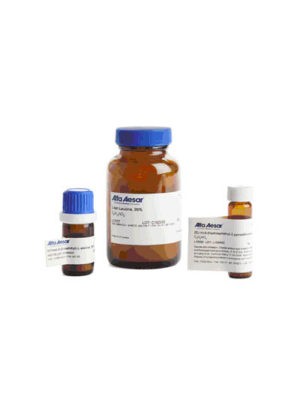Organic Polymers

Organic Polymers
Organic polymers are macromolecules composed of many repeating monomer units. Both synthetic and natural polymers play a crucial role in everyday life. Polysaccharides, polypeptides, and polynucleotides are the main types of biopolymers in living cells. These polymers are synthesized by enzyme-mediated processes in cells. In general, synthetic polymers are derived from monomers that contain either a multiple bond, or two or more functional groups, or a three- to seven- membered ring. The chemical properties of the polymers are derived from their monomer units, while the physical properties of polymers are different. Polymers, depending on their physical properties, are characterised as thermoplastics, thermo sets, elastomers and fibers.
Polymers have wide range of applications. In the biomedical filed, biodegradable polymers find immense use in drug delivery and tissue engineering. Neoprene is used in shoe soles, and wet suits. Polymers are extensively used in textiles and fabrics; teflon in non-stick pans and polyvinyl chloride in pipes. The popular PET bottles are made of a synthetic polymer, polyethylene terephthalate. Polystyrene resins are used in the production of home electronics and appliances. Nylon-6 is extensively used in the textile and plastic industries. Poly(methyl methacrylate), a glass-like polymer, is used in a large number of consumer products.


